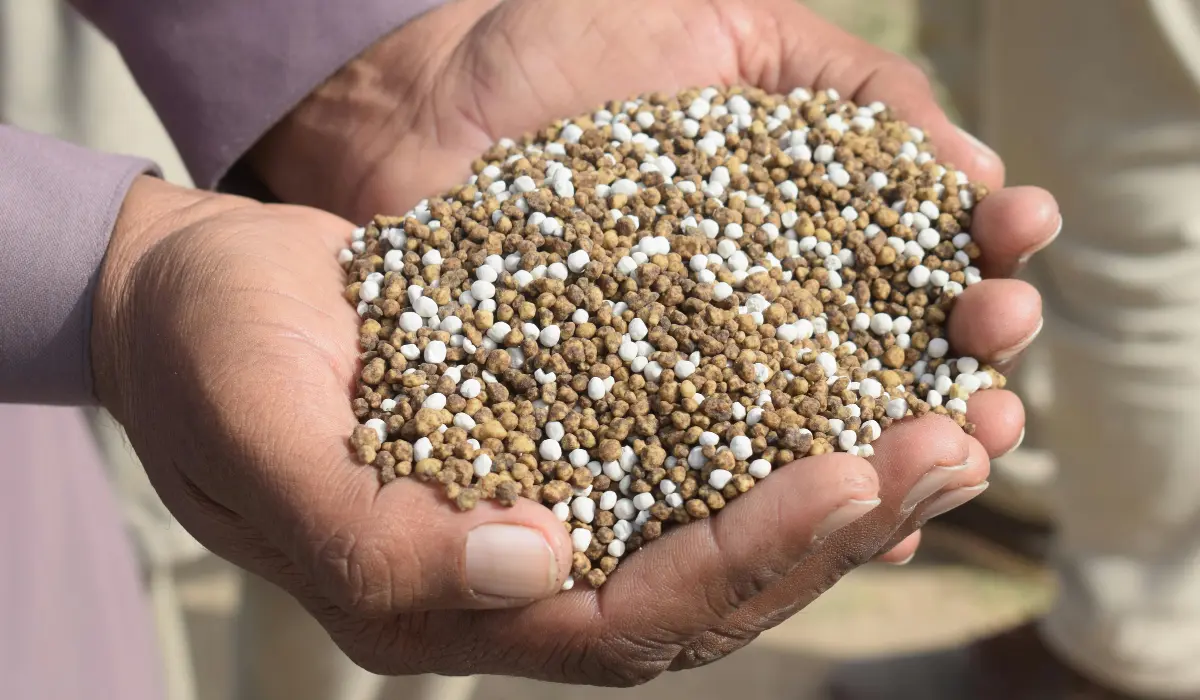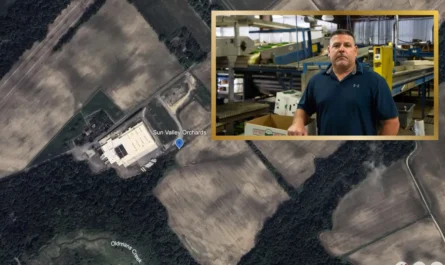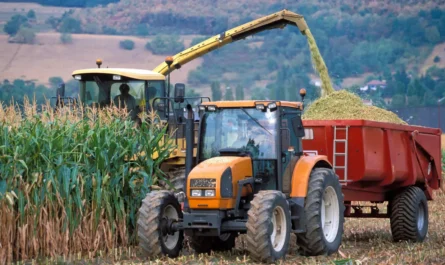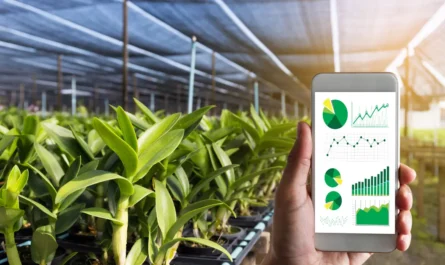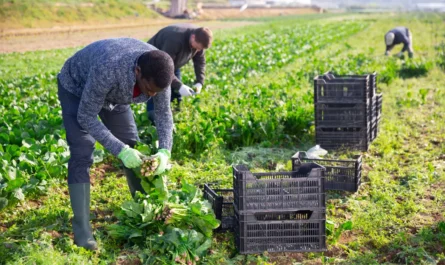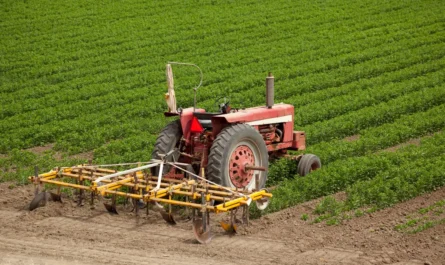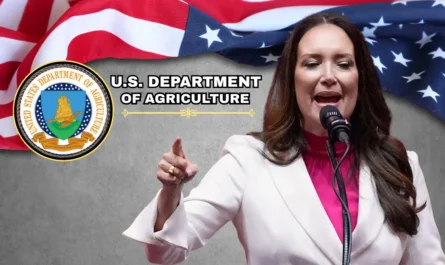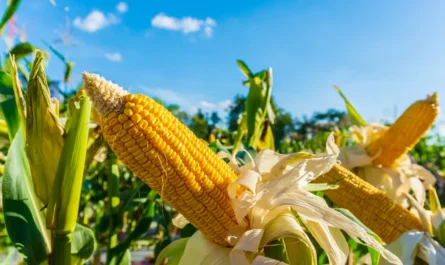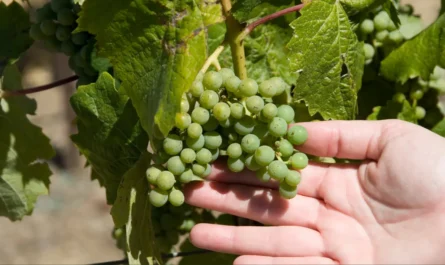American farmers are grappling with mounting pressure as fertilizer and crop input prices soar, driven higher by a combination of global supply disruptions and the Trump administration’s escalating tariff strategy.
The price squeeze is forcing growers to make tough decisions about what, and how much, they can afford to plant, raising concerns about the financial health of the agricultural sector and the stability of U.S. food production.
Fertilizer Costs Outpace Crop Prices
Fertilizer is one of the largest expenses for row crop producers, often accounting for more than 30 percent of total input costs. With nitrogen, phosphate, and potash prices already elevated due to supply chain volatility, the newly imposed tariffs have only added fuel to the fire.
Gary Schnitkey, a farm management specialist at the University of Illinois, warns that costs are climbing at a pace farmers cannot keep up with. Nitrogen fertilizer, he notes, is now 10 to 15 percent more expensive than last year. Meanwhile, corn prices remain stagnant, leaving growers with shrinking profit margins.
“When the cost of fertilizer rises faster than the value of the crop, farmers are left with very few good choices,” Schnitkey explained. “It’s creating real pressure on budgets, and some may look to scale back on fertilizer applications or shift acreage into soybeans, which require less fertilizer.”
Corn Growers Sound the Alarm
Recognizing the severity of the situation, the National Corn Growers Association and 25 state-level corn grower groups recently sent a letter to top administration officials urging swift action. Addressed to U.S. Trade Representative Jamieson Greer, Commerce Secretary Howard Lutnick, and Agriculture Secretary Brooke Rollins, the letter described input prices as “approaching disastrous levels.”
The groups painted a bleak picture of the current farm economy, citing low corn prices, global trade uncertainty, and “consistently high costs for fertilizers and inputs,” a combination they argue has created a “calamitous environment” for farmers attempting to plan for both harvest and the next growing season.
Behind the scenes, agricultural leaders have been lobbying Republican lawmakers and policymakers, hoping to carve out relief for fertilizer and chemical inputs. However, many remain reluctant to publicly criticize President Trump’s trade agenda, which enjoys strong support among rural voters.
Tariffs Hit Chemicals and Machinery Hardest
The tariff hikes have been uneven across the agricultural sector, but chemicals and machinery are bearing the brunt. A recent analysis by North Dakota State University shows the average tariff on farm inputs has jumped from just 0.9 percent when Trump first took office to 12.2 percent today.
Herbicides, insecticides, and other pesticides are among the hardest hit, now facing effective tariffs of 20 percent or higher. Tractors and agricultural machinery, which were previously imported with little or no duty, are now subject to average tariffs of 16 percent for full equipment and 13 percent for parts. Fertilizers, once tariff-free, now face rates near 10 percent.
“These tariffs are only now beginning to take hold in the market,” said Shawn Arita, an associate professor at NDSU who co-authored the study. “It’s too early to say exactly how much of these costs will be passed down, but there’s no doubt farmers are already feeling the pinch.”
Farmers Cornered by Cost-Cutting Decisions
The dilemma for farmers is stark: absorb the higher costs and risk reduced profitability, or cut back on inputs and face lower yields. Neither option provides much comfort.
Fertilizer, in particular, is critical for maintaining soil fertility and ensuring strong harvests. Cutting back could compromise yields in future seasons, leading to longer-term production challenges.
For some, the only viable strategy may be shifting crop rotations. Soybeans, which require less fertilizer than corn, could see more acres planted in 2026 if current price trends persist. But even that option comes with risks, as global soybean markets remain volatile and subject to trade disputes.
“Farmers are planners by nature, but right now the ground is constantly shifting beneath their feet,” Schnitkey noted. “Every decision feels like a gamble.”
Consumers Shielded For Now
While input costs for farmers are climbing rapidly, consumers have so far been largely shielded from dramatic food price hikes. U.S. inflation has remained below 3 percent over the past year, even as tariffs on farm supplies have increased.
One reason is that the administration’s tariff policy has spared many imported agri-food products. Under the U.S.-Mexico-Canada Agreement (USMCA), food imports from America’s two largest trade partners, which account for 43 percent of all U.S. agri-food imports, are largely exempt from tariffs. That exemption has helped insulate grocery shelves from the worst of the trade war’s fallout.
Imports from the European Union, which supply roughly 17 percent of U.S. agri-food products, are now capped at tariffs of 15 percent. While that represents an increase, many specialty goods, such as wines and cheese, were already subject to high import duties and have seen relatively minor changes. Even Brazil, which recently faced a steep tariff hike of up to 40 percent, saw hundreds of products spared through exemptions.
As a result, the average tariff rate on imported food has risen from 4 percent before Trump’s second term to 15 percent today — still a significant increase, but one softened by carve-outs.
Uneven Burden Across Agriculture
The uneven distribution of tariffs highlights a key tension in the current trade landscape: while food importers and consumers have been protected by exemptions, the cost of tariffs has landed squarely on farmers and agricultural suppliers.
For fertilizer producers and distributors, tariffs mean higher import costs that inevitably get passed along to the end user, the farmer. For machinery dealers, tariff-driven price hikes on equipment and parts add to the financial strain of growers already struggling with input costs.
“Producers feel like they’re carrying the weight of this trade war on their shoulders,” one industry observer remarked. “When you add it all up, fertilizer, chemicals, equipment, it’s no wonder farm groups are calling this unsustainable.”
Trade Policy and Farm Viability
The longer tariffs remain in place, the more difficult it will become for farmers to stay profitable. With profit margins already razor-thin, any prolonged period of elevated input costs could accelerate consolidation in the farm sector, forcing smaller operations out of business while larger, better-capitalized operations weather the storm.
Some analysts suggest the administration may eventually be forced to revisit its tariff policy, particularly if political pressure mounts from key agricultural states.
For now, however, the White House appears committed to its strategy, framing tariffs as a tool for leveling the global playing field and strengthening domestic manufacturing.
But on the ground, farmers see little relief. Instead, they face an uncertain future, torn between absorbing higher costs, cutting production, or shifting to less input-intensive crops. Each option carries risks, and none offers a clear path to stability.
What Comes Next?
As the 2026 planting season approaches, the farm sector finds itself at a crossroads. Without intervention to stabilize fertilizer prices, many growers may be forced into planting decisions that compromise yields and profitability. In the worst cases, operations could be driven out of business altogether.
“Farmers are resilient, but there are limits,” the Corn Growers Association wrote in its plea to policymakers. “The costs we are facing are not sustainable.”
Whether Washington acts to relieve the burden remains an open question. For now, America’s farmers remain stuck between rising input costs and stagnant commodity prices, a squeeze that could reshape the nation’s agricultural landscape for years to come.

